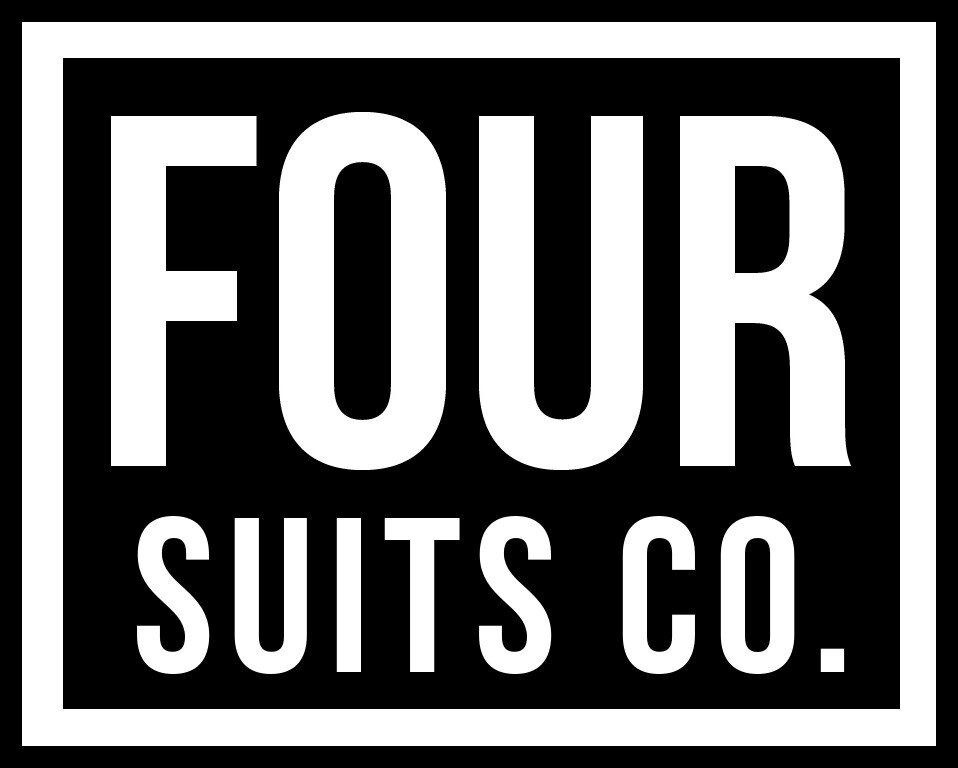"If people have even a little understanding, it is better to move them than to amaze them." - Andres Segovia
Special moments aren’t made in the what, they’re made in the how. When it comes to magic, I frequently hear fellow practitioners claiming that people see a deck of cards come out, and a person will say “Oh, I’ve seen that one before.” A clamoring of agreement comes from the room. “Yeah, hate it when that happens.” etc. Card-workers also dislike that spectators don’t remember the specific effects that are occurring, and instead link the effects to the general category of “card tricks”.
Here’s my opinion: it’s because, while these various tricks may be wildly different for those of us who have an extraordinary amount of understanding, to those who only have a little understanding, all these card tricks are indeed the same. There’s an ounce of truth when the spectators announce “Oh, I’ve seen that before.” because they essentially have seen the same exact plot before. Whether their card is found in your wallet, between two others, or from a face-up/face-down shuffle, it’s all generally the same effect.
I was reading JAMM #08, by The Jerx, today, and was again reminded of this notion when he spoke about a modern dance metaphor of watching a magic effect. For those who understand modern dance or perhaps perform it themselves, they will be able to watch two seemingly similar performances and find a wide range of differences, all the different dance moves, etc. For an outsider to that circle of knowledge, it’s all modern dance.
To take another idea away from Magic Live 2017, Josh Jay shared the results of a study which examined various magic plots, and generally, card effects were the least memorable to the average audience. However, once the card effect distinctly morphed into a completely new plot (such as card through window, or Cyril’s fantastic Card Into Aquarium), then recall of that event shot through the roof. This is because the plot is now so far removed from whatever card effect your audience has previously seen.
To some degree, we’re on a constant race of innovation, to make magic more exciting and unique for our audiences. We’re in a wild time, especially with the leaps of technological methodology for magic expanding at an alarming rate. So, let’s show more than card tricks to our audience -- Let’s move them.
-- J.R.






